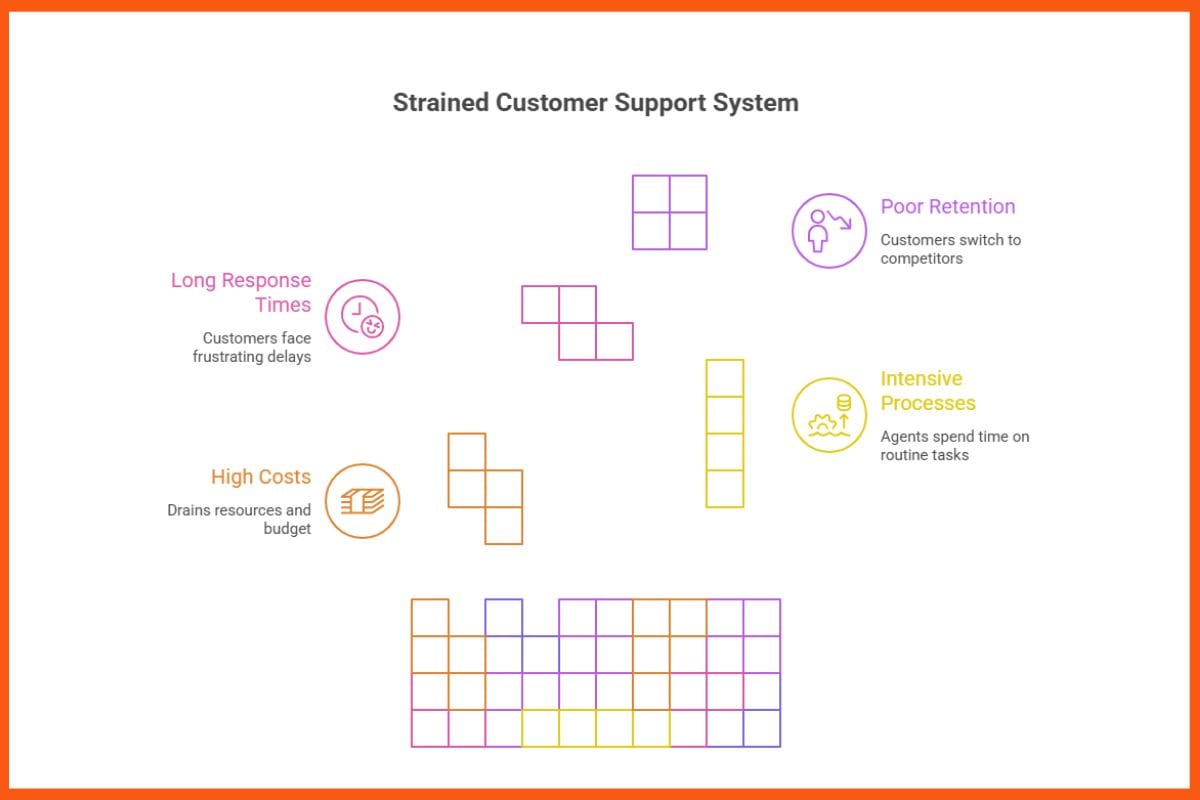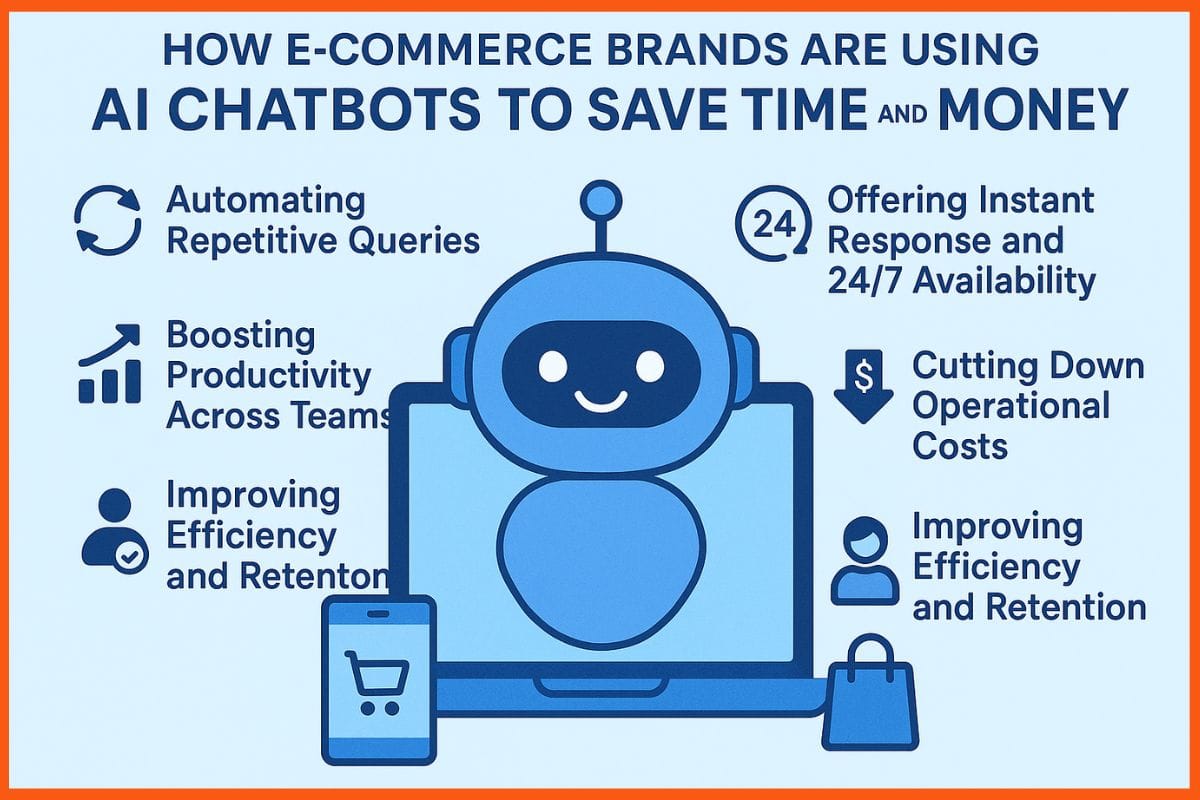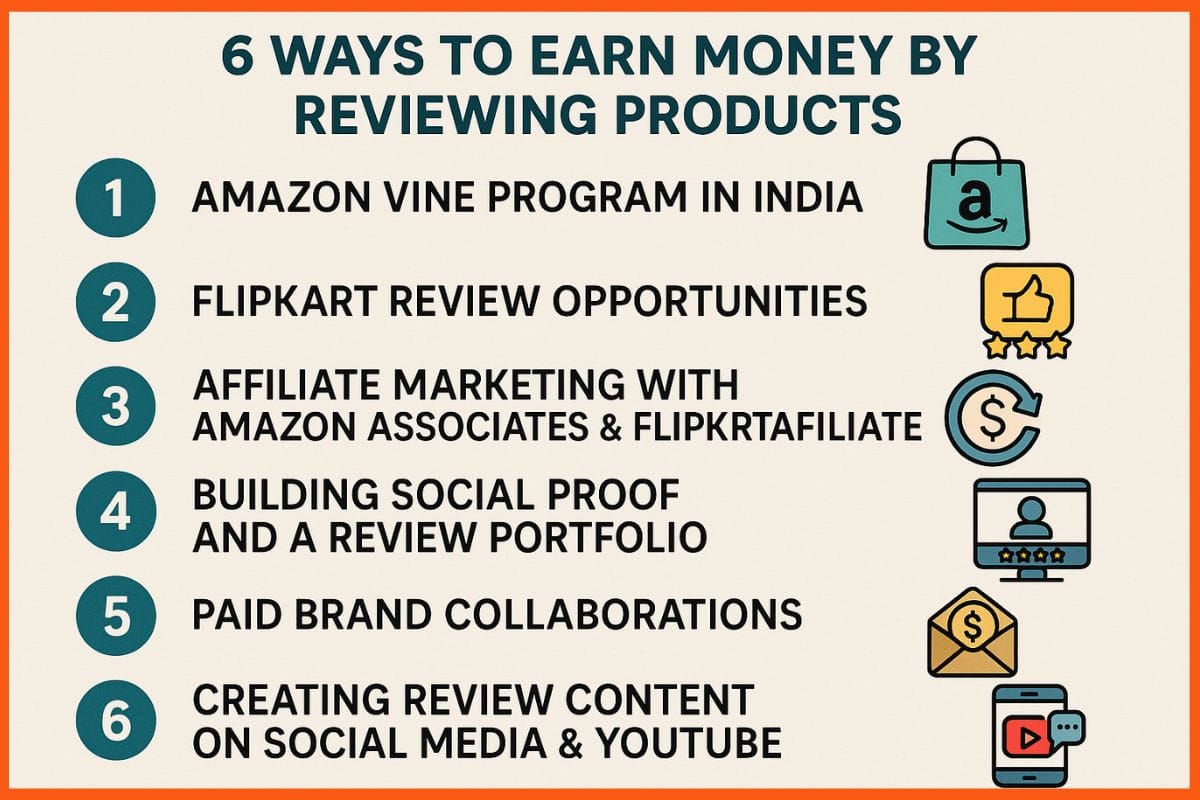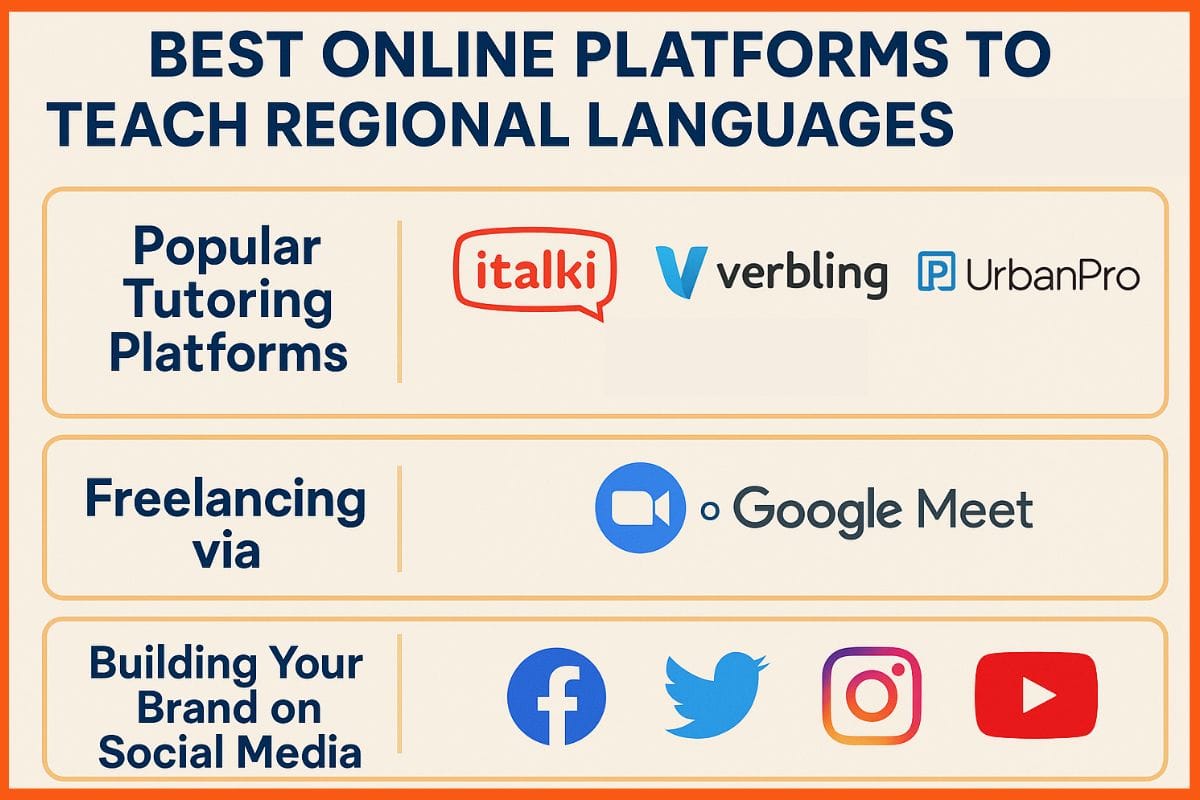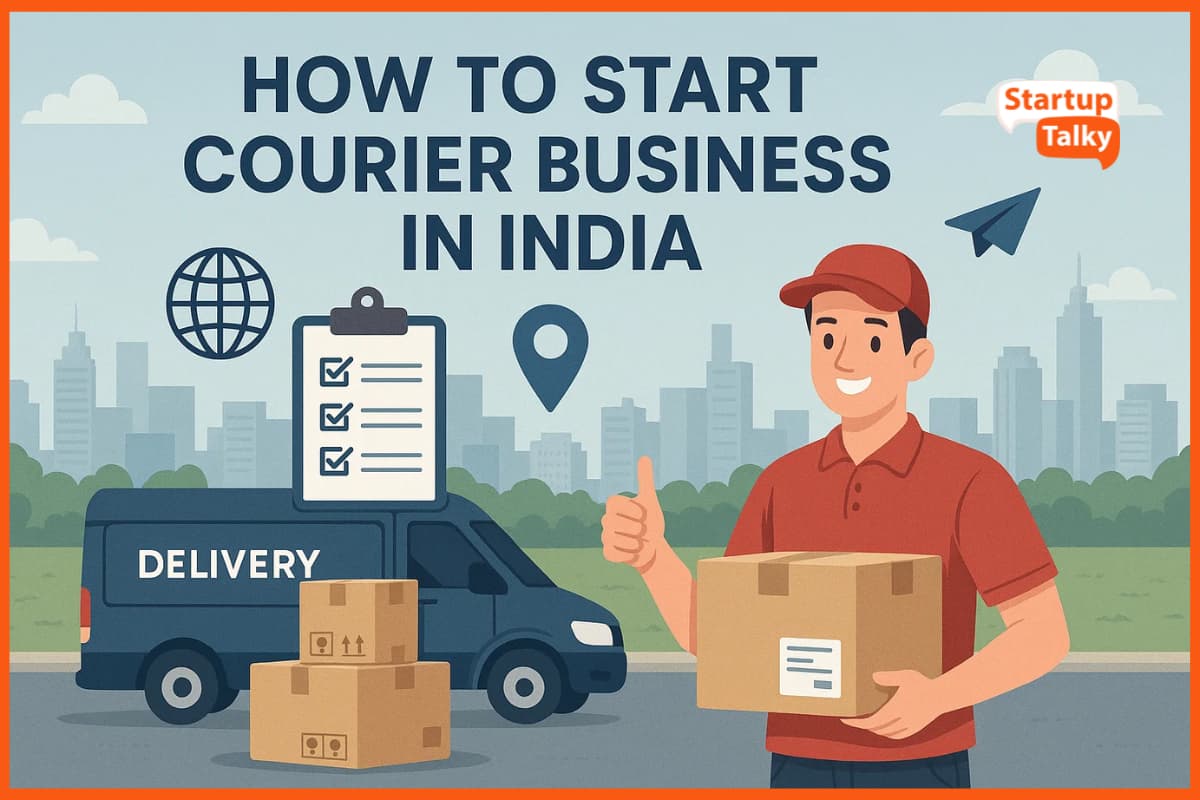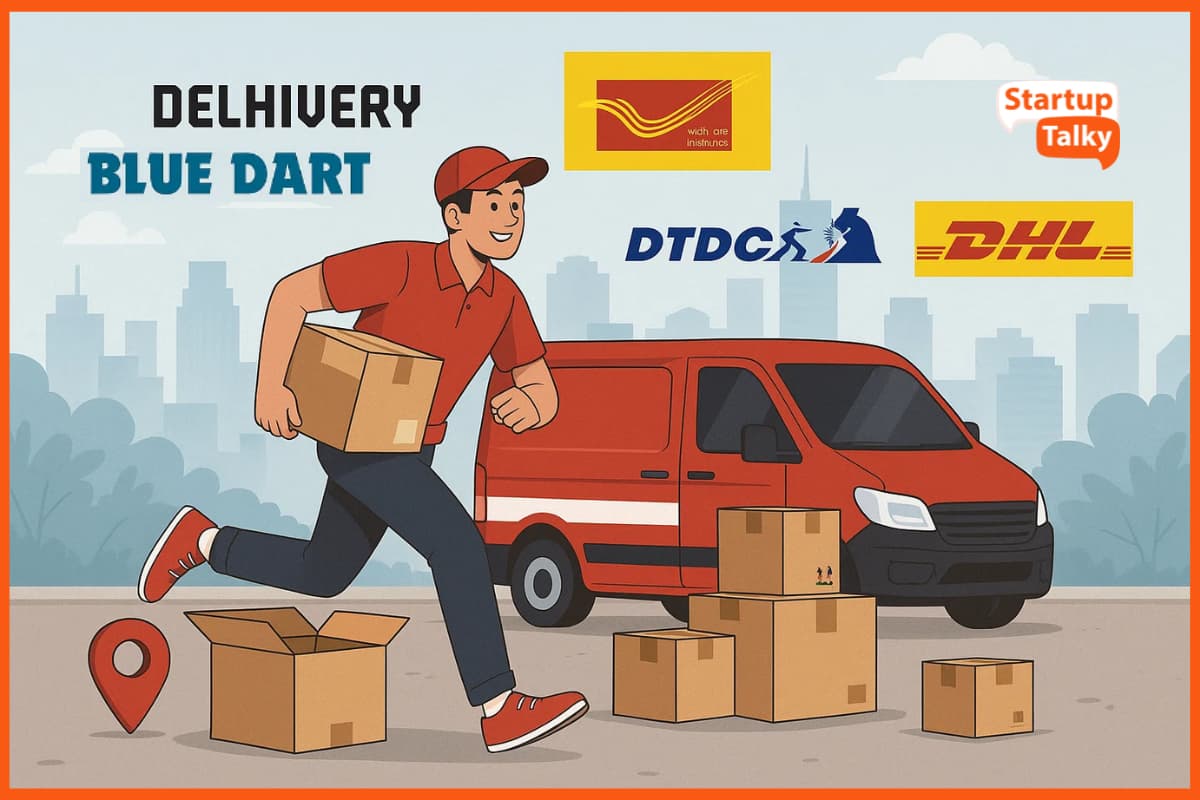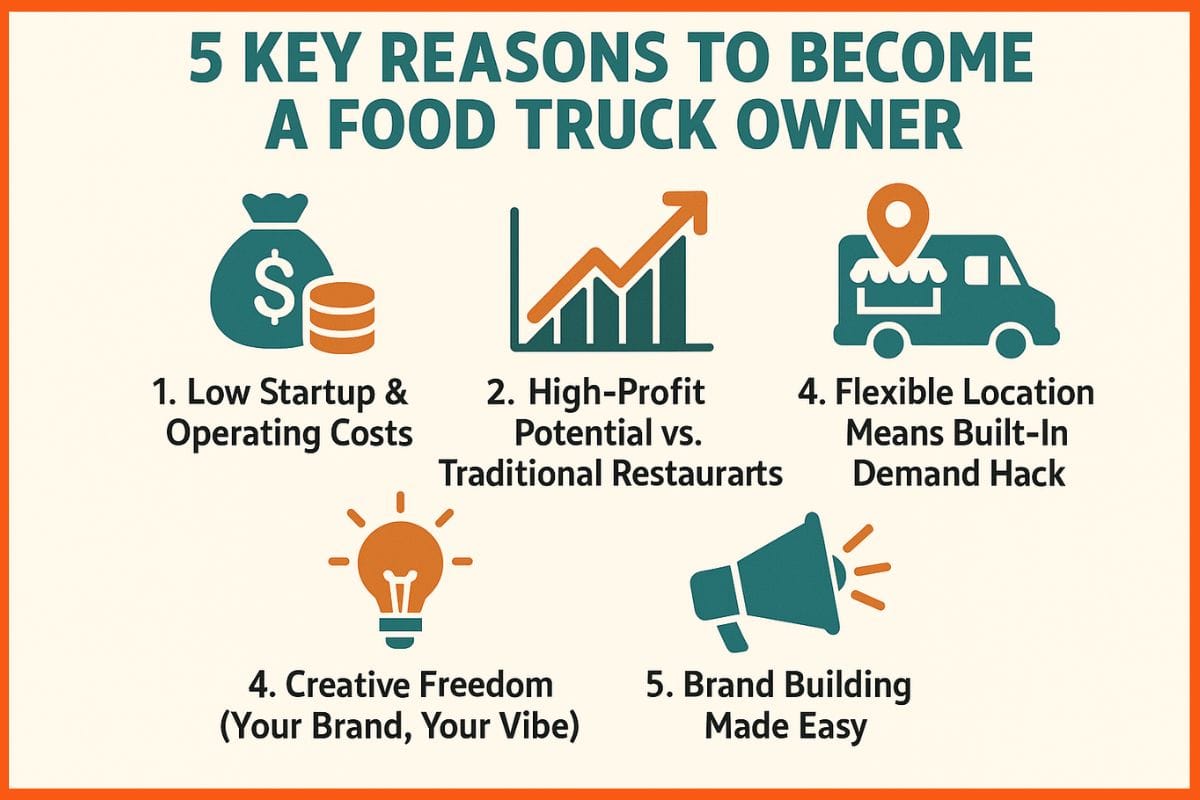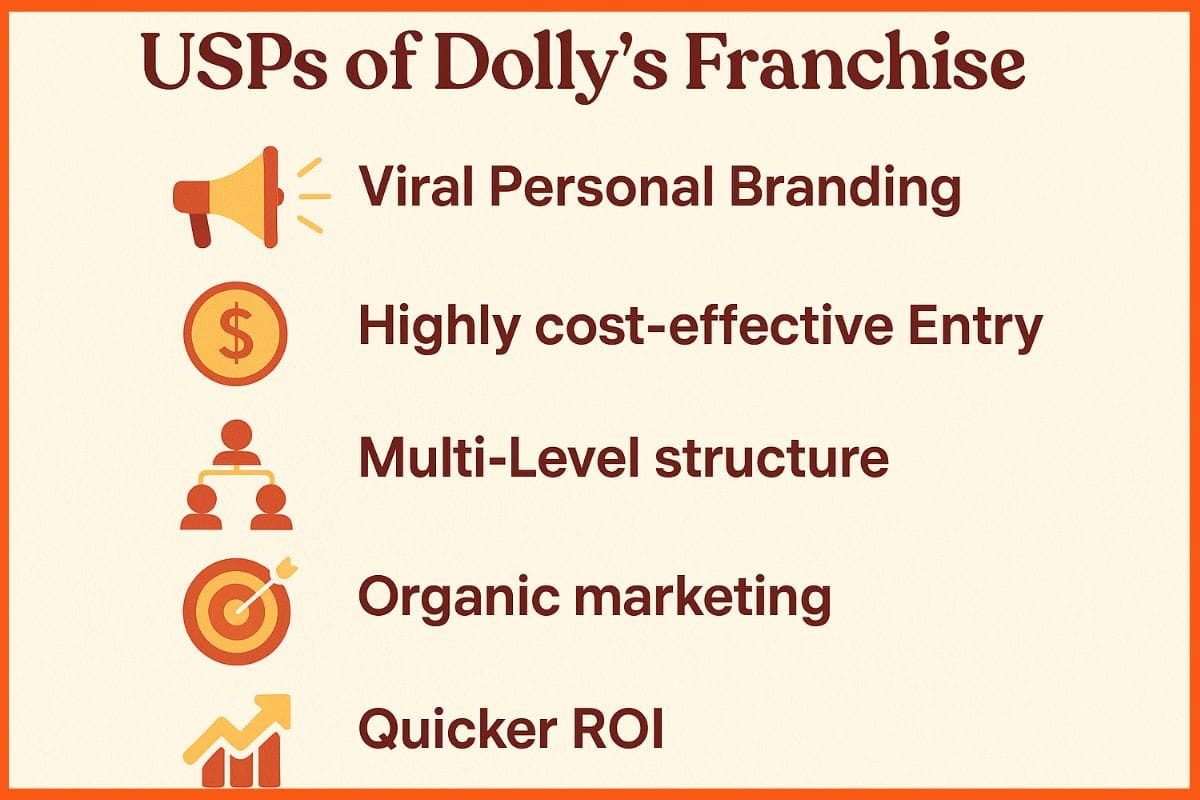Freshly painted walls can completely transform a home, and we often see this magic on TV shows, videos, or movies. While many admire the results, few have the patience, skill, and dedication to make painting a full-time profession. If you enjoy working with colors, attention to detail, and creating beautiful spaces, starting a painting business could be a rewarding venture. Starting your own painting business can be a great opportunity to be your boss and become an interior designer. It’s not as hard as you think by looking from outside.
Determining how to start a painting business does not need to be a challenge, but there are a few considerations. This guide was made for painters who already know how to paint but want to start a business of their own. Here we will discuss step by step process of how to start your own painting business.
Reasons Why You Start Painting Business
How To Start A Painting Business in India?
How To Get Your First Painting Job
Advertising Your Painting Business
Reasons Why You Start Painting Business
Painting Businesses Demand
The painting and wall covering market is growing steadily. It is expected to increase from $222.86 billion in 2024 to $229.73 billion in 2025, growing at about 3.1% per year.
This implies that painters are in pretty high demand. You have the potential to make a good income when your business will be established. You can specialize in your painting such as faux painting, special finishes, and historical painting. You can offer services like making wallpaper for extra income. You can target the homeowners, builders, and interior designers. Find flickr services that need painting services and being a long-term client. This will help you establish your business.

Be your Boss
This is more than anything. You will become your boss and starting your own painting business. One of the big benefits of the entrepreneurism is that setting their schedule, building the business the way they want, and set hours you want to spend.
Getting Started is Easy
You do not need any high education or various certification like other businesses. You can start this business in your home. As per time passes demand for interior designers is increasing to decorate homes or any office building you can get clients frequently.
Low Capitalism
Opening a painting business does not required a huge amount of money or investors. You need not store many types of equipment like carpenter and plumbers. Here your output and patience are important as you give hard work you automatically get your profit.
Clients Pay More
The more specialized your painting skills get, the more you can charge for your services. Learning specialized painting styles and techniques could help you make money more.
How To Start Painting Business in India?
Below are the steps for starting your own painting business in India:

Market Research & Planning
Start by choosing your niche, like decorative painting, industrial coatings, or eco-friendly services. Do some market research to understand what types of paint and services are in demand in your area. Then, make a simple business plan outlining your services, target customers, pricing, marketing, and expected finances to guide your startup.
Business Plan
A clear plan is always gives reward. It will figure out the specifics of your business and discover some unknowns. It will create a mission for your business that how you will go forward and what are the things you must consider for starting this business. There are ton of advantages to a business plan. Your business plan doesn’t need to be overly complex or detailed, it can be long or short as you want, so long as it covers a few basic elements.
- Good business planning if done right connects the dots in your business so you get a picture of the whole.
- Startups and small businesses need to focus on their special identities, their target markets, and their products or services.
- Business planning helps you keep track of the right things and the most important things. You must allocate your time, effort, and resources strategically.
- Good business planning helps in how will you invest your money. For what purpose and how much money should you give is getting help from a business plan.
Register Your Business
Any company can be defined as a legal entity which is under law. Anyone can start a business but for that registering your business is an important part. Formal business registration with the state or local government is not necessary to complete business transactions, There are also legal and marketing advantages to registering a business name. When you have to decide to start a company, there is a huge process of executing pre and post-registration to ensure smooth functionality.
There are several benefits of registering a business:
- Opening a bank account
- Help from Start-up
- Fundraising ability
- Establishment of equity
- Free and easy transferability of shares
- Legal entity
- Limited Liability
- Taxation
- Successive succession
- Ability to sue and vice versa
- The following complaints
- Property Owner
- Multiple Relations
- Buyer requirements
- Business sales
Painting Business License
Every state has different requirements for a paint business license. Licensed painters have many state, city, or municipality requirements for providing a job. They know the proper use of materials, tools and equipment, surface preparation, and safety when performing the job. Every licensed painter is required to be bonded which means that it is an agreement that binds the contractor to cover the losses by a property owner if the project does not complete according to the contract specification.
The main benefit of hiring licensed and bonded painters is that it will give you peace of mind in knowing that the painting job will be completed successfully.
Licensed painters will required to know the four major sections:
- Planning and estimation
- Substrate repair and surface preparation
- Application of paint and finishes
- Safety
These are qualities that will positively impact the quality of service a painting contractor will provide. State licensed painting contractor provides you with the benefits of working within the law.

Painting Equipment
When it comes to painting tools, it is the most important thing without this you cannot do anything. There are many painting types of equipment in market that are cheap and also affordable.
“One of the easiest things to remember about paint tools is that you get what you pay for” – Lou Manfredini
Some necessary painting equipments are given below:

To start painting jobs efficiently, you’ll need wall cleaner, painter’s tape, brushes, and rollers, along with cloth drop cloths, paintbrush cleaner, clear plastic buckets, and roller trays. Additional essentials include a roller extension pole, sturdy ladder, touch-up tools, pre-mixed spackling, putty and taping knives, flexible sanding sponges, and fiber mesh tape to ensure smooth, professional results.
Get Insurance
Protecting your painting business with insurance is essential. General liability insurance covers accidents or property damage on the job, while professional liability insurance protects you if your advice or services cause a loss. If you hire employees or subcontractors, worker’s compensation insurance covers medical costs and lost wages in case of job-related injuries. Having the right insurance not only keeps you safe but also shows clients you are professional and reliable.
Set Your Pricing
Figuring out what to charge for painting services can be tricky. You can charge by the hour, which is simple but can make the final cost unpredictable for clients. Per square foot pricing is easy to understand but doesn’t account for job complexity. Project-based pricing gives a flat fee upfront, so clients know the total cost, but you risk underestimating time or materials. A smart approach is to give a price range and discuss the client’s needs and budget to agree on a fair rate.
Operations & Marketing
To grow your painting business, start by creating a strong brand with a memorable name, logo, and consistent marketing materials. Build a website to showcase your services and attract clients online. Promote your business by reaching out to local contractors, hardware stores, and using online marketing. As your business expands, hire skilled painters to take on more projects and maintain high-quality work.
How To Get Your First Painting Job
- Talk to friends and family
- Ask for referrals
- Door to door marketing
- Craigslist
- Networking
- Mass marketing
Advertising Your Painting Business
Advertising is a promotional activity which aims to sell a product or service to a target audience. Product advertisements is an important first step in a product lifecycle. Advertising allows you to show your business against your competitor on public stage.
Some advertising techniques:
- Place Signs in Visible Areas
- Deliver Advertising Materials
- Use Local Advertising Methods
- Use Social Media
- Take advantage of online ads
- Build a website
- Design business cards
Don’t Do These Mistakes
- Not scheduling jobs in advance
- Doing small jobs just for the money
- Going to the paint store multiple times
- Focusing on painting instead of growing your business
- Not spending the time to find good people
- Not properly tracking marketing efforts
- Charging too little
on different startups and organizations. The content in this post has been a
pproved by the organization it is based on. Great home decor and furnishings is now a style statement. And with modular
designs entering the…

FAQs
How to start a paint business in India?
Steps to start a painting company:-
- Market Research & Planning
- Business Plan
- Register Your Business
- Painting Business License
- Painting Equipment
- Get Insurance
- Operations & Marketing
- Set Your Pricing
How much money do you need to start a painting business?
At the beginning, your costs for starting a house painting business can be relatively low-on average, less than $2000.
How much does a painting company make?
A painting company make under $100,000 a year.
What equipment do I need to start a painting business?
To start a painting business, you’ll need basic tools like brushes, rollers, paint trays, and buckets, along with ladders or scaffolding for higher areas. Include drop cloths, masking tape, and safety gear like gloves and masks. Optional equipment like spray guns can speed up work, and don’t forget paints, primers, and cleaning supplies to complete the setup.
Do you need a license to start a painting business?
Yes, you may need a trade license from your local municipal authority, and GST registration if you exceed the turnover limit. Other permits depend on your location and type of services.





















